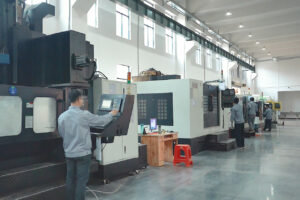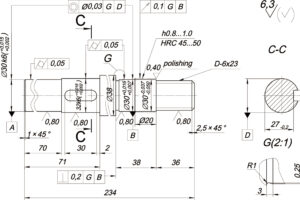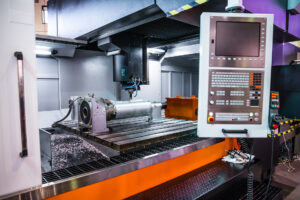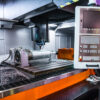
Designing plastic parts is a complex task that involves many factors. When you design your product, you need to consider how to solve the application’s needs and consider the problems that may occur in the manufacturing mold and the production process. This article will discuss the main points of the design of injection plastic parts, which will make your product smooth from design to implementation.
Mould opening direction and parting line
At the beginning of the design of each injection product, the mold opening direction and parting line should be determined first to ensure that the core-pulling slider mechanism is minimized and the influence of the parting line on the appearance is eliminated.
- After the mold opening direction is determined, the reinforcing ribs, buckles, protrusions, and other structures of the product are designed to be consistent with the mold opening direction as much as possible to avoid core pulling and reduce seam lines prolong the life of the mold.
- After the mold opening direction is determined, an appropriate parting line can be selected to avoid undercuts in the mold opening direction and improve appearance and performance.
Demoulding slope
- Appropriate demoulding slope can avoid product fluffing (pulling). The demolding slope of the smooth surface should be ≥0.5 degrees, the surface of the fine dermatoglyphics (sand surface) should be greater than 1 degree, and the surface of the coarse dermatoglyphics should be greater than 1.5 degrees.
- Appropriate demoulding slope can avoid product top damage, such as maximum white, top deformation and top rupture.
- When you design the products with a deep cavity structure, the slope of the outer surface of the products should be as much as possible larger than the slope of the inner surface so as to ensure that the mould core does not shift during injection molding and to obtain uniform product wall thickness, and ensure the material strength of the product opening.
Product wall thickness
- All injection molded parthave a specific wall thickness range, generally 0.5~4mm. When the wall thickness exceeds 4mm, it will cause the cooling time to be too long, resulting in shrinkage and other problems. It would help if you considered changing the product structure when designing.
- Uneven wall thickness will cause surface shrinkage.
- Uneven wall thickness will cause pores and weld lines.
Reinforcing ribs
- Reasonable application of reinforcing ribs can increase product rigidity and reduce deformation.
- The thickness of the reinforcing rib must be ≤ (0.5~0.7)T the product’s wall thickness. Otherwise, the surface will shrink.
- The single-sided slope of the reinforcing rib should be greater than 1.5° to avoid head injury.
Rounded corners
- Too small rounded corners may cause stress concentration in the product, resulting in product cracking.
- Too small fillet may cause stress concentration in the mold cavity, resulting in cavity cracking.
- Suppose you are designing a product with a deep concave cavity. In that case, the slope of the product surface should be as much as possible larger than the slope of the inner surface to ensure that the injection mold core is not offset to achieve uniform product wall thickness and ensure the material strength of the product opening part.
- Different rounded corners may cause the movement of the parting line, and different rounded or clear corners should be selected according to the actual situation.
Hole
- The shape of the hole should be as simple as possible, generally round.
- The axial direction of the hole should be consistent with the direction of the mold opening, which can avoid core pumping.
- When the long diameter ratio of the holes is greater than 2, the decarning slope should be set. The diameter of the hole should be calculated according to the size of the diameter (maximum entity size).
- The long diameter ratio of the blind hole does not exceed 4 to prevent the hole from bent.
- The distance between the edge of the hole and the product is generally greater than the size of the aperture.







